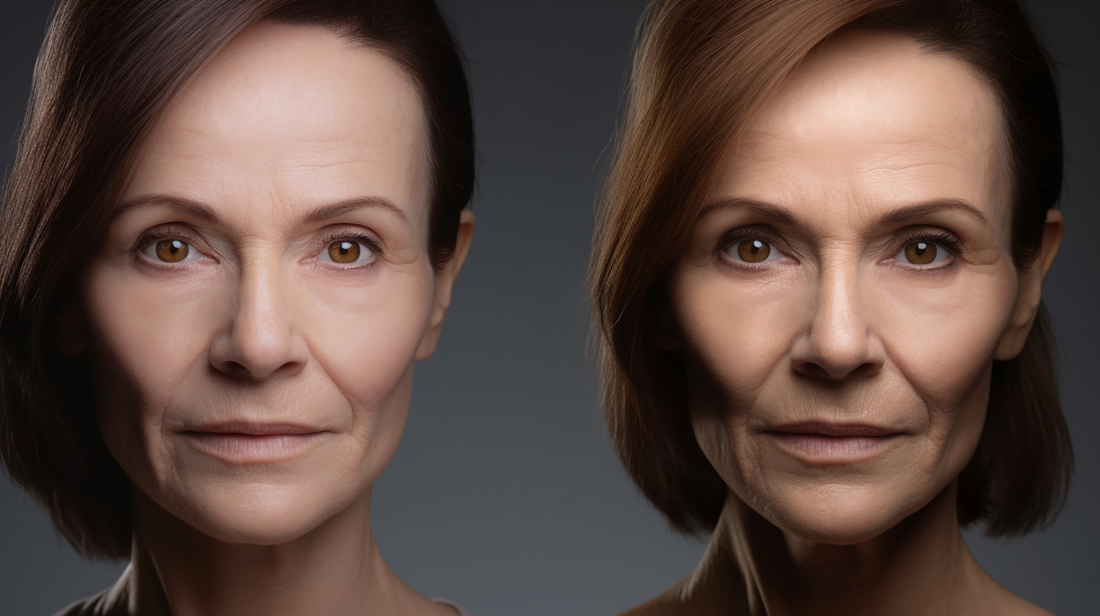
The Secret to Anti-aging and Health
Share
Introduction: The prevalence of aging and society's focus on anti-aging
As we age, the gradual slowing of the body's biological processes and the influence of environmental and lifestyle factors can lead to aging of the skin and body [1]. As people become increasingly focused on health and beauty, anti-aging has become a popular topic in contemporary society. This article aims to educate readers on the biological principles of aging, effective anti-aging methods, and the phototherapy anti-aging principle and advantages using GYH Cloud-S as an example, as well as how to incorporate anti-aging strategies into daily life.
- Biological principles of aging:
a. Free Radical Theory
Free radicals are highly reactive chemical substances that can damage biological macromolecules such as cell membranes, DNA, and proteins [2]. The free radical theory suggests that an increase in free radicals can cause cell damage, leading to aging and disease [3]. Free radicals are produced during normal physiological processes, such as respiration and digestion, but an excess of free radicals can have a negative impact on the body. This requires us to pay attention to the intake of antioxidants in daily life to reduce the damage of free radicals to the body.
b. DNA Damage and Repair Theory
The DNA damage and repair theory suggests that the accumulation of DNA damage within cells can cause gene expression disorders, thereby affecting cellular function and metabolism [4]. Long-term DNA damage can lead to aging of the body. For example, environmental factors such as UV radiation, smoke, and pollutants can cause DNA damage, accelerating the aging process. Therefore, protecting one's DNA and reducing the impact of external damage factors is crucial in combating aging.
c. Mitochondrial Aging Theory
Mitochondria are the core organelles that produce energy within cells, and the mitochondrial aging theory suggests that a decline in mitochondrial function can lead to reduced cell energy, thereby affecting normal cellular function [5]. Maintaining mitochondrial health is key to maintaining good metabolism and energy balance. Proper exercise and a balanced diet can help maintain mitochondrial health, thereby delaying the aging process.
d. Hormone Reduction Theory
Hormone levels play an important regulatory role in cellular activity. As people age, hormone levels gradually decrease, which may lead to aging phenomena [6]. For example, a decrease in growth hormone levels can affect collagen synthesis, leading to skin relaxation and wrinkles. Methods for maintaining hormone balance include appropriate exercise, maintaining a healthy diet, and getting enough sleep.
- Effective anti-aging methods:
a. Improving lifestyle habits (healthy diet, adequate sleep, moderate exercise, etc.)
Healthy lifestyle habits are the cornerstone of anti-aging [7]. A reasonable diet, adequate sleep, and moderate exercise can delay the aging process and improve quality of life [8].
b. Supplementing with antioxidants (vitamin C, vitamin E, omega-3 fatty acids, etc.)
Antioxidants can neutralize free radicals and protect cells from oxidative damage [9]. Supplementing with antioxidants such as vitamin C, vitamin E, and omega-3 fatty acids can help delay the aging process.
c. Skin care (sunscreen, moisturizer, anti-oxidant essence, etc.)
Skin is the body's largest organ and one of the most obvious signs of aging. Proper skin care, such as sunscreen, moisturizer, and using anti-oxidant essence, can slow down skin aging and maintain a youthful appearance [10].
d. High-tech anti-aging therapies (phototherapy, radiofrequency, laser, etc.)
With the development of technology, some high-tech anti-aging therapies have gradually emerged, such as phototherapy, radiofrequency, and laser, which can stimulate collagen production, improve skin tightness, and effectively resist aging [11].
- Using GYH Cloud-S as an example to introduce the phototherapy anti-aging principle and its advantages:
a. The working principle of phototherapy
Phototherapy is a method of using a light source of a specific wavelength to stimulate skin cell activity, promote collagen synthesis, and improve skin problems.
b. The anti-aging effects of red light, near-infrared light, and blue light
Red and near-infrared light have good penetration and can reach the dermis of the skin, stimulating collagen synthesis and improving skin tightness. Blue light can effectively suppress skin inflammation, promote wound healing, and improve skin problems.
c. The advantages of phototherapy compared to other anti-aging methods
Phototherapy has advantages such as non-invasiveness, minimal pain, short recovery time, and significant effects. Compared to other anti-aging methods, phototherapy is safer, more comfortable, and has a wider range of indications.
- How to incorporate anti-aging strategies into daily life:
a. Suggestions for an anti-aging lifestyle
Develop healthy lifestyle habits such as reasonable diet, sufficient sleep, and moderate exercise. These are important foundations for anti-aging. In addition, maintaining an optimistic attitude, reducing stress, and avoiding smoking and excessive drinking can also help delay aging.
b. Choosing anti-aging skincare products and therapies that are suitable for oneself
Choose suitable anti-aging skincare products such as sunscreens, moisturizers, and antioxidant serums according to one's skin type and needs. At the same time, try some high-tech anti-aging therapies such as phototherapy, radiofrequency, and laser to enhance anti-aging effects.
c. Developing a personalized anti-aging plan
Based on personal lifestyle habits, health status, and anti-aging needs, develop a personalized anti-aging plan, including adjusting dietary structure, increasing exercise, choosing suitable skincare products and therapies, etc. Regularly evaluate the anti-aging effects and adjust anti-aging strategies accordingly.
Conclusion:
Anti-aging is not an overnight process, but requires long-term adherence and comprehensive management. By combining scientific lifestyle habits, reasonable skincare methods, and high-tech therapies, we can effectively resist aging, and maintain youth and health.
This is a testimonial from a female user in the United States who used the LED light therapy mask for six consecutive weeks. The lady used GYH's Cloud-S light therapy mask. After six weeks, her skin became visibly firmer, brighter, and had fewer wrinkles.(This testimonial is sourced from: [Link])

References:
[1] López-Otín, C., Blasco, M. A., Partridge, L., Serrano, M., & Kroemer, G. (2013). The hallmarks of aging. Cell, 153(6), 1194-1217.
[2] Harman, D. (1956). Aging: a theory based on free radical and radiation chemistry. Journal of gerontology, 11(3), 298-300.
[3] Lobo, V., Patil, A., Phatak, A., & Chandra, N. (2010). Free radicals, antioxidants and functional foods: Impact on human health. Pharmacognosy reviews, 4(8), 118.
[4] Hoeijmakers, J. H. (2009). DNA damage, aging, and cancer. New England Journal of Medicine, 361(15), 1475-1485.
[5] López-Otín, C., Galluzzi, L., Freije, J. M., Madeo, F., & Kroemer, G. (2016). Metabolic control of longevity. Cell, 166(4), 802-821.
[6] Veldhuis, J. D., Roemmich, J. N., & Richmond, E. J. (2005). Endocrine control of body composition in infancy, childhood, and puberty[7] Partridge, L. (2010). The new biology of ageing. Philosophical Transactions of the Royal Society B: Biological Sciences, 365(1537), 147-154.
[8] Bélanger, M., Allaman, I., & Magistretti, P. J. (2011). Brain energy metabolism: focus on astrocyte-neuron metabolic cooperation. Cell metabolism, 14(6), 724-738.
[9] Poljsak, B., & Milisav, I. (2012). The neglected significance of “antioxidative stress”. Oxidative medicine and cellular longevity, 2012.
[10] Farage, M. A., Miller, K. W., Elsner, P., & Maibach, H. I. (2008). Intrinsic and extrinsic factors in skin ageing: a review. International Journal of Cosmetic Science, 30(2), 87-95.
[11] Alexiades, M. (2016). Laser and light-based treatments of acne and acne scarring. Clinics in Dermatology, 34(2), 188-193.
[12] Barolet, D., & Boucher, A. (2016). Prophylactic low-level light therapy for the treatment of hypertrophic scars and keloids: a case series. Lasers in surgery and medicine, 48(7), 639-647.
[13] Avci, P., Gupta, A., Sadasivam, M., Vecchio, D., Pam, Z., Pam, N., & Hamblin, M. R. (2013). Low-level laser (light) therapy (LLLT) in skin: stimulating, healing, restoring. Seminars in cutaneous medicine and surgery, 32(1), 41-52.
[14] Dai, T., Gupta, A., Huang, Y. Y., Yin, R., Murray, C. K., Vrahas, M. S., ... & Hamblin, M. R. (2013). Blue light rescues mice from potentially fatal Pseudomonas aeruginosa burn infection: efficacy, safety, and mechanism of action. Antimicrobial agents and chemotherapy, 57(3), 1238-1245.
[15] Nestor, M. S., Newburger, J., & Zarraga, M. B. (2013). Body contouring using 635-nm low level laser therapy. Seminars in cutaneous medicine and surgery, 32(1), 35-40.
[16] McEwen, B. S. (2008). Central effects of stress hormones in health and disease: Understanding the protective and damaging effects of stress and stress mediators. European journal of pharmacology, 583(2-3), 174-185.
[17] Ganceviciene, R., Liakou, A. I., Theodoridis, A., Makrantonaki, E., & Zouboulis, C. C. (2012). Skin anti-aging strategies. Dermato-endocrinology, 4(3), 308-319.
[18] Farage, M. A., Miller, K. W., Elsner, P., & Maibach, H. I. (2008). Intrinsic and extrinsic factors in skin ageing: a review. International Journal of Cosmetic Science, 30(2), 87-95.
[19] Błaszczyszyn, M., Kołodziejczak, tic and Laser Therapy, 17(4), 219-224.

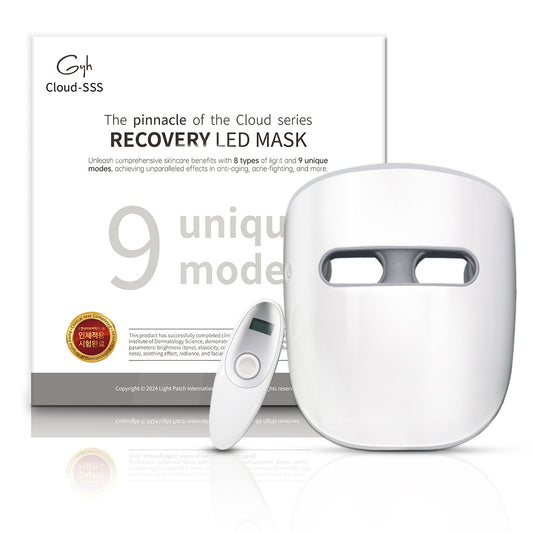
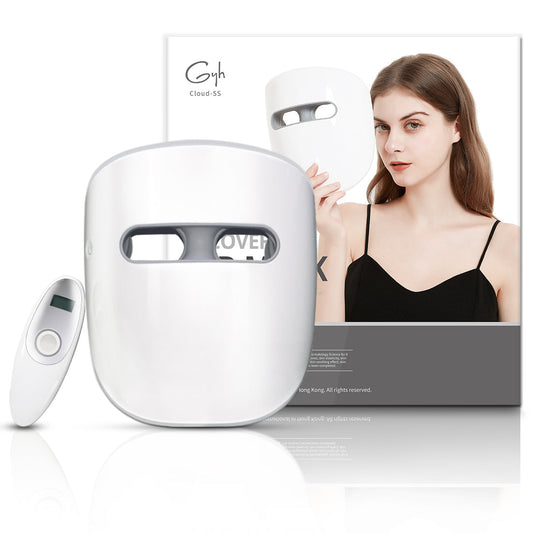
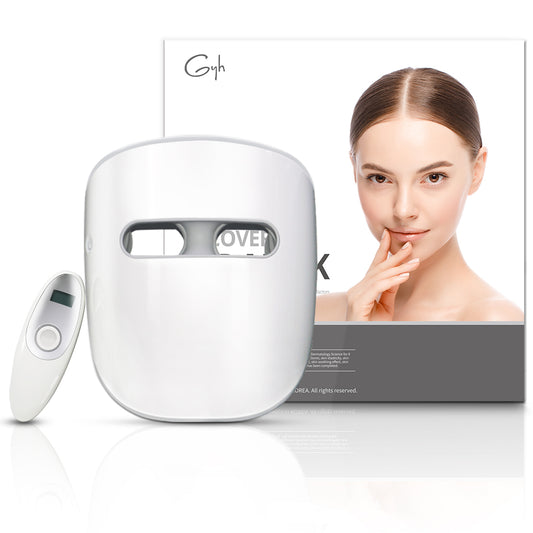
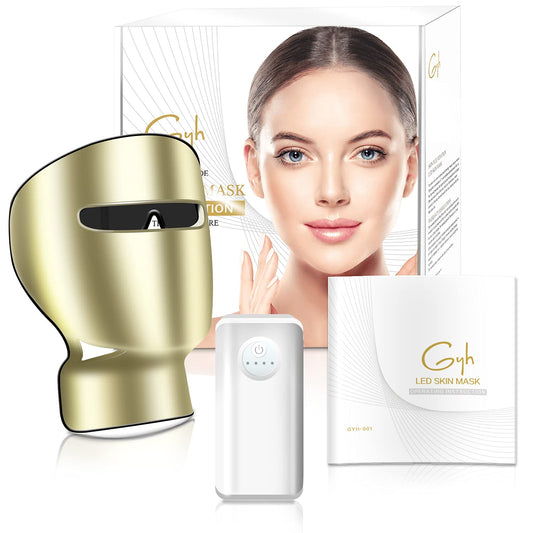
23 comments
3fu0f2
67h9ox
llbjyi
xnjp0d
q1w6qz